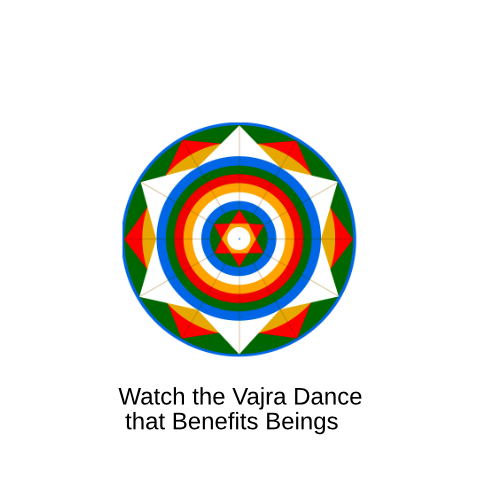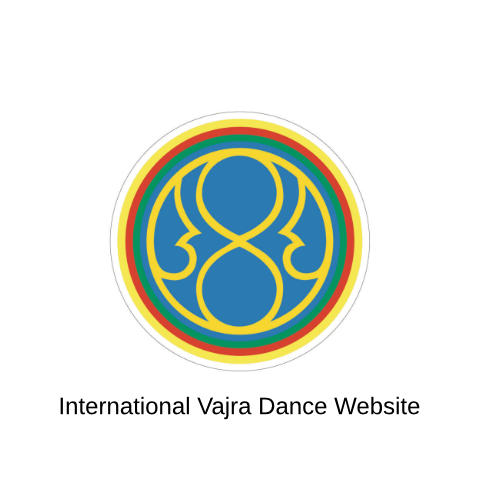Vajra Dance
In the Dzogchen Teachings, sound and movement are very important. Vajra Dance harmonises our energy, and once we have gained a deeper understanding of the dance, it becomes a method to integrate our body, voice, and mind into the state of contemplation. This integration is the core principle of Dzogchen. The dance is practised on a mandala, which represents the correspondence between the inner dimension of the individual and the outer dimension of the world. There are four dances: the Dance of the Song of the Vajra, the Dance of the Vajra that Benefits Beings, the Dance of the Three vajras, and the Vajra Dance of the Dimension of Space (12As).
Courses
To learn these dances, one should attend a course led by an authorized instructor of the International Dzogchen Community. Some courses are aimed predominantly at beginners, and some at more experienced dancers. Check the requirements with your teacher. We also have practice retreats, mainly in the summer months at Kunselling. Visit our events calendar and sign up for our newsletter, to find out what dance opportunities there are in the UK.

Our UK Teacher
Cindy Faulkner became a student of Chögyal Namkai Norbu and Vajra Dance in 1996, and was authorised to teach it in 2005. Benedict Sewell coordinates dance events within the UK.






